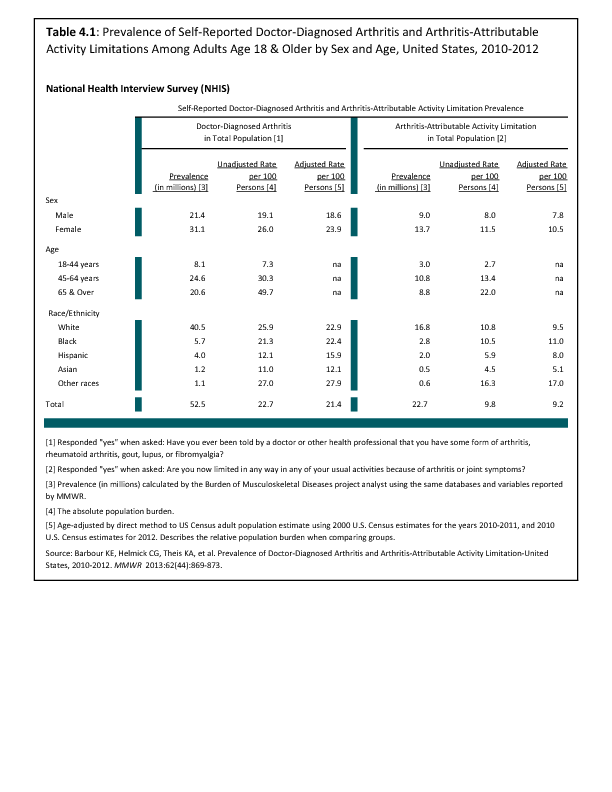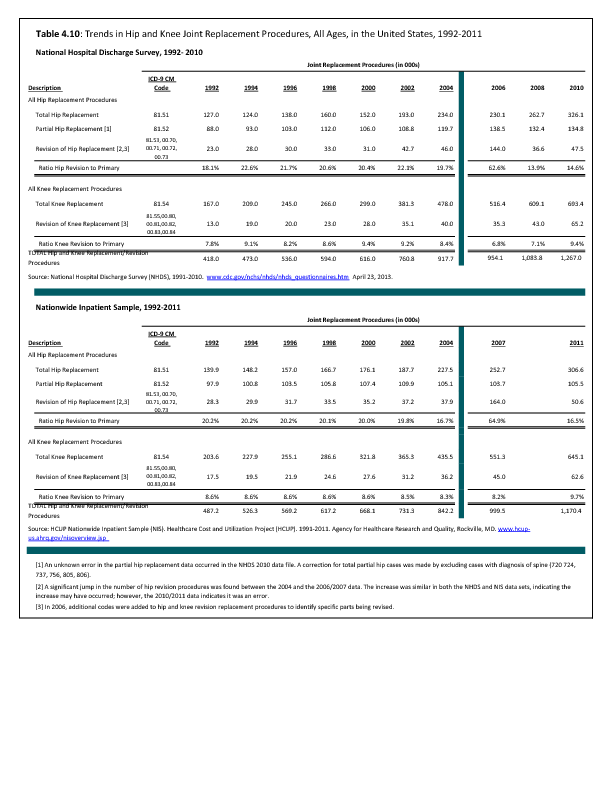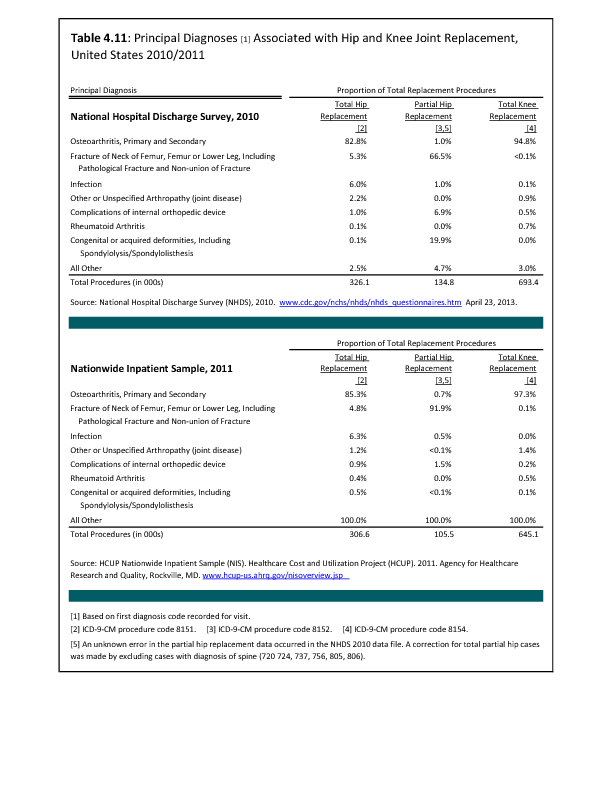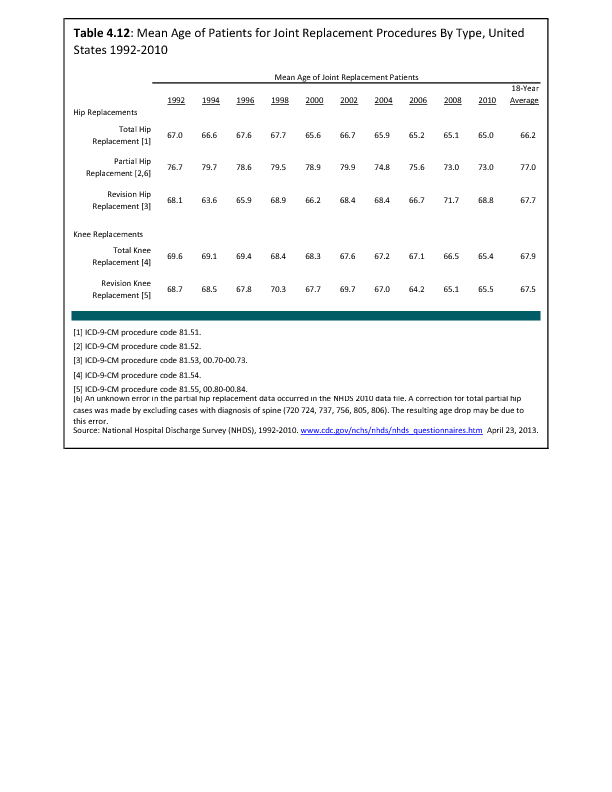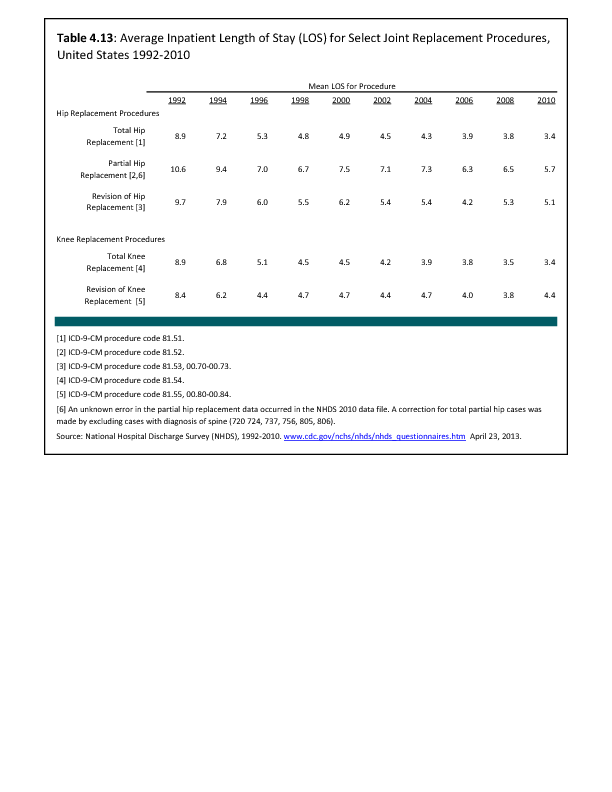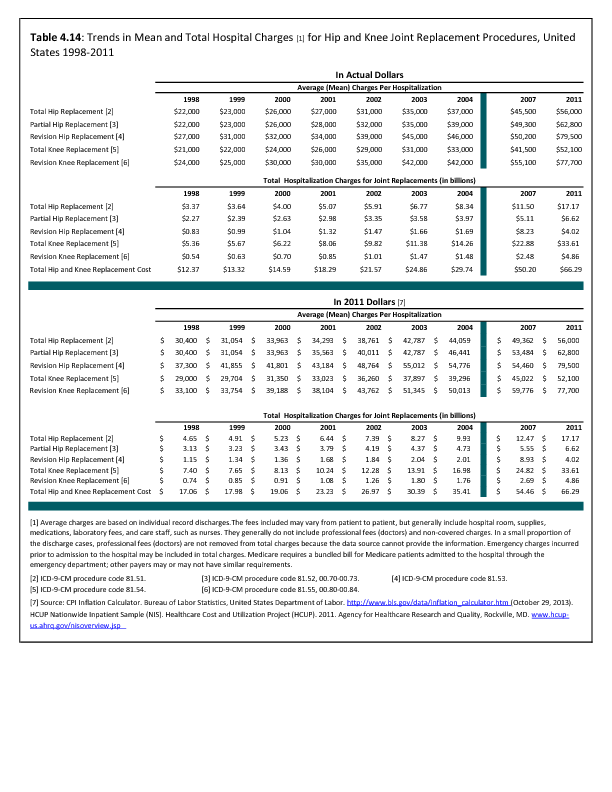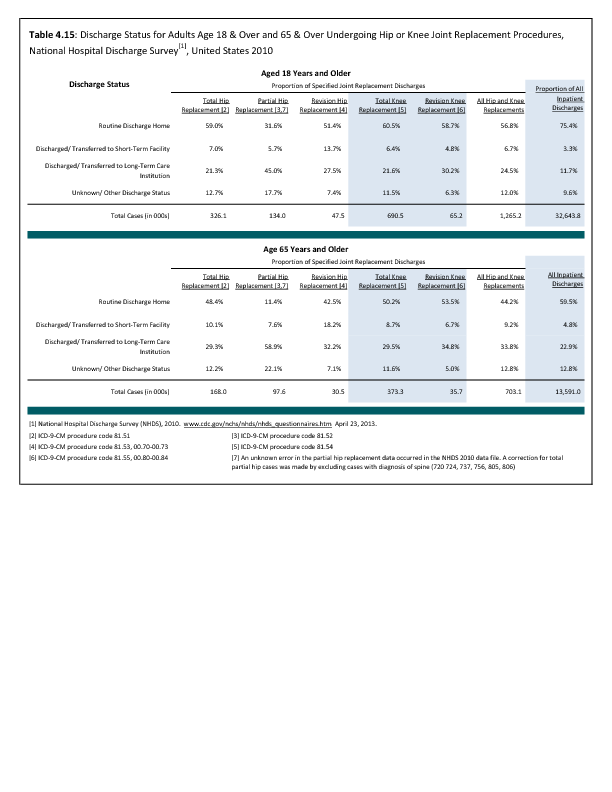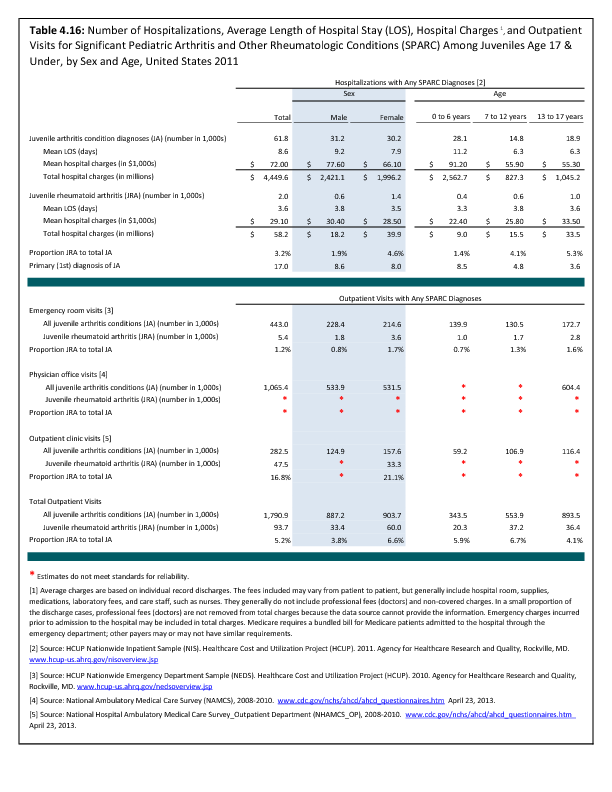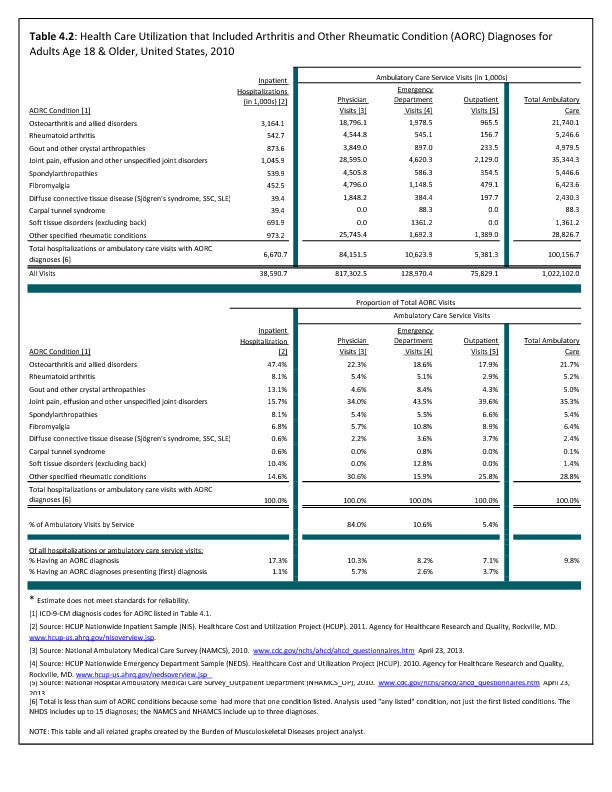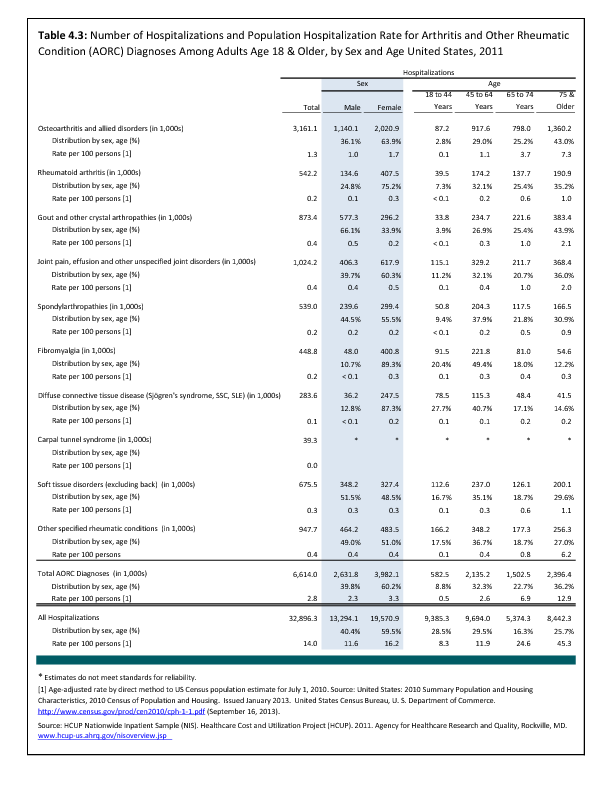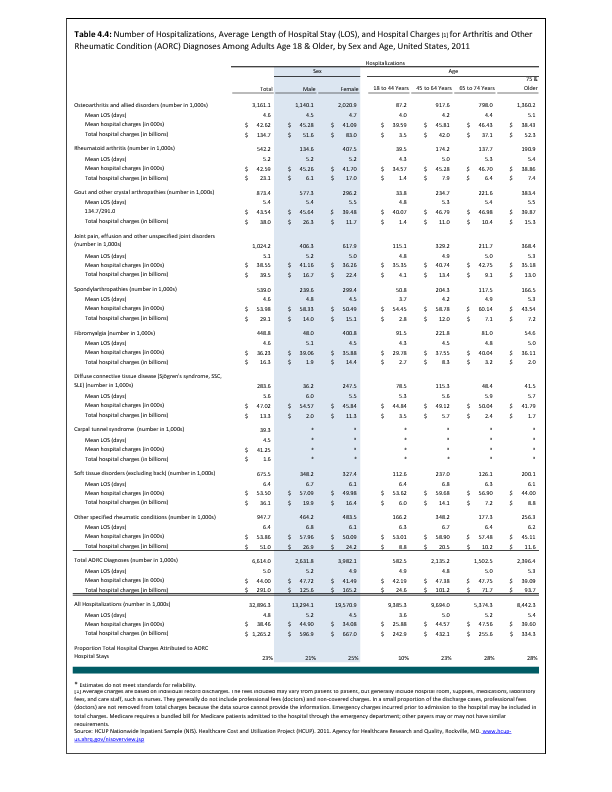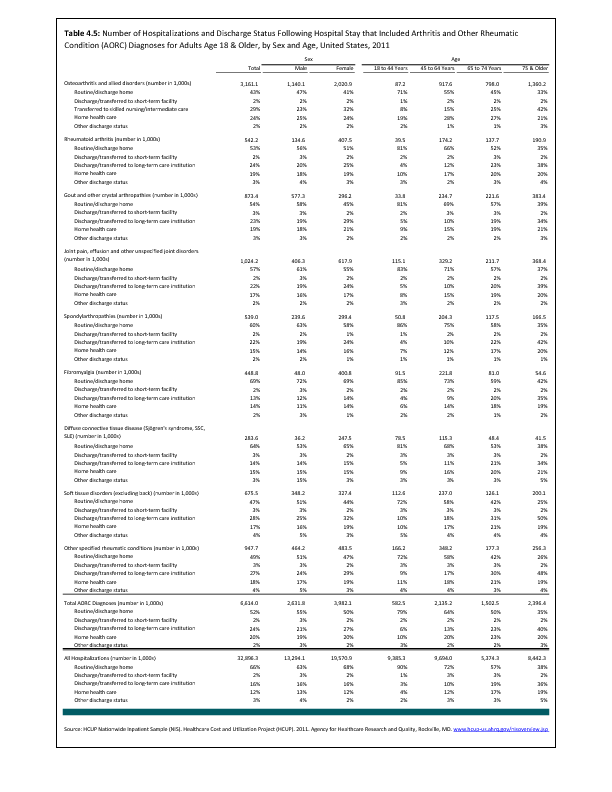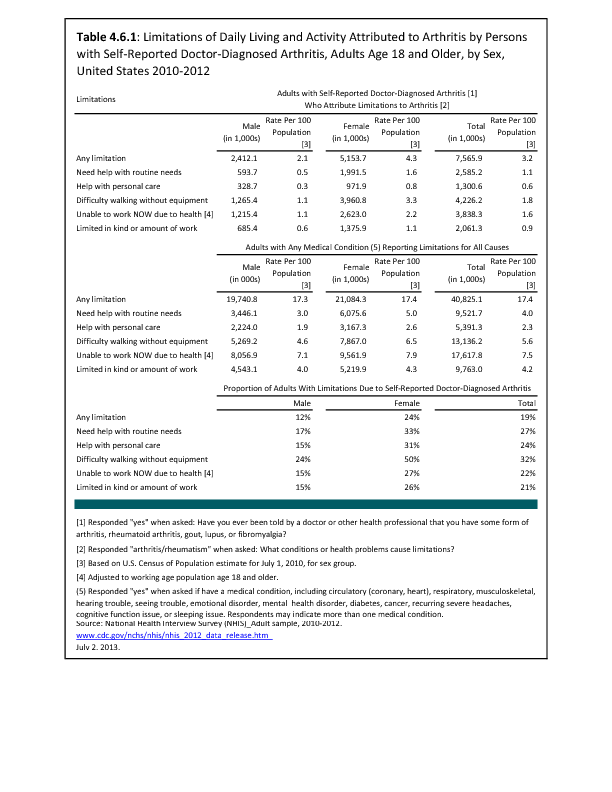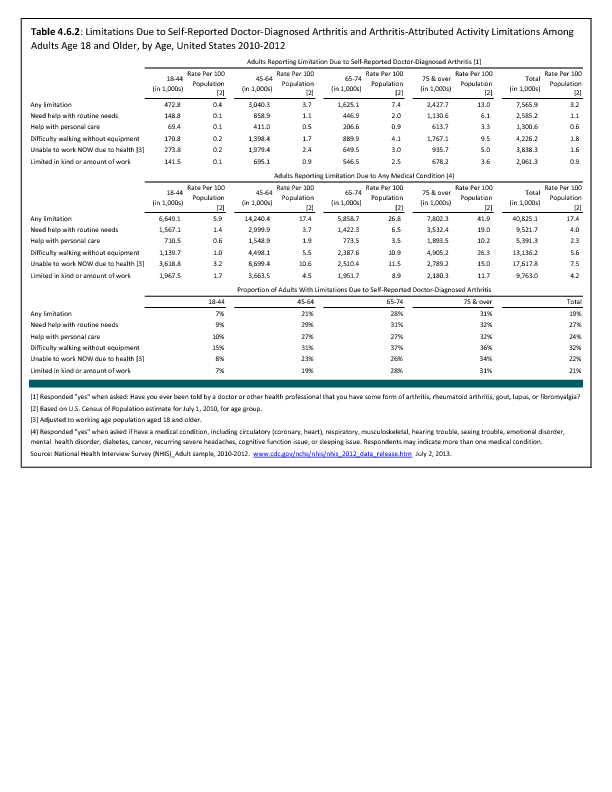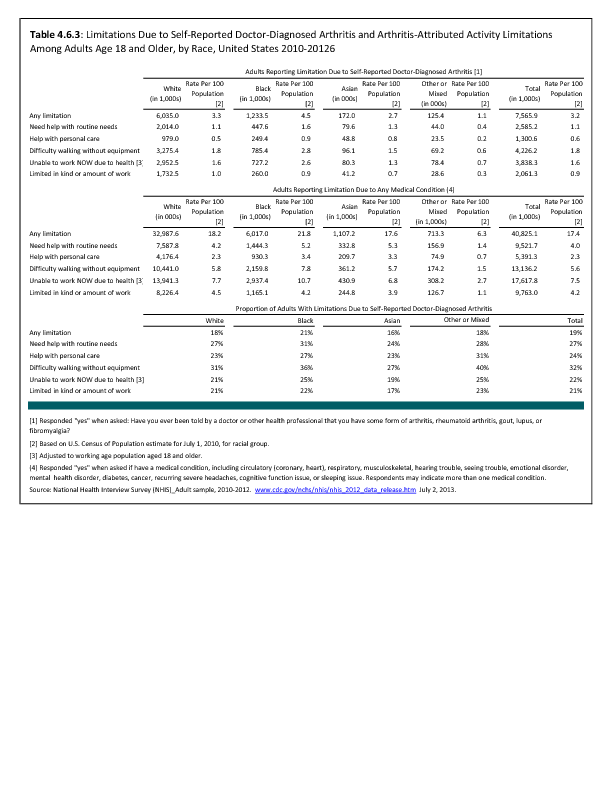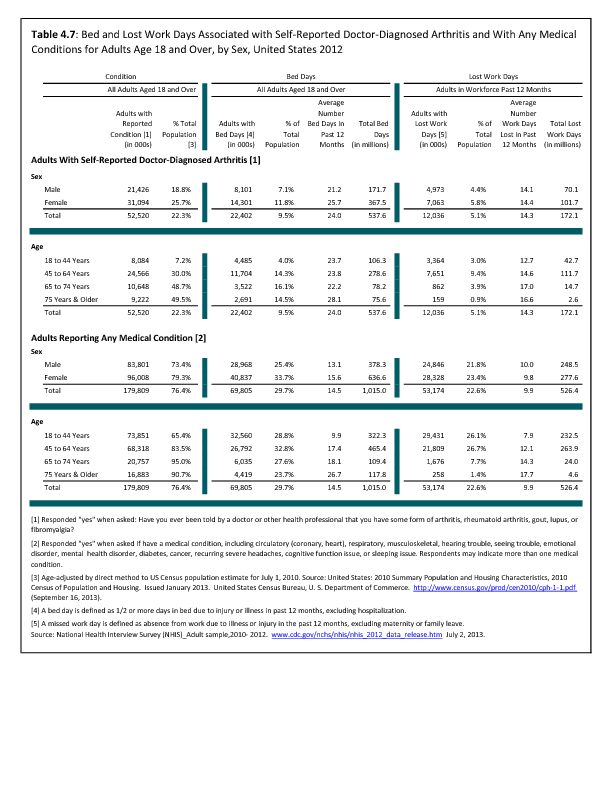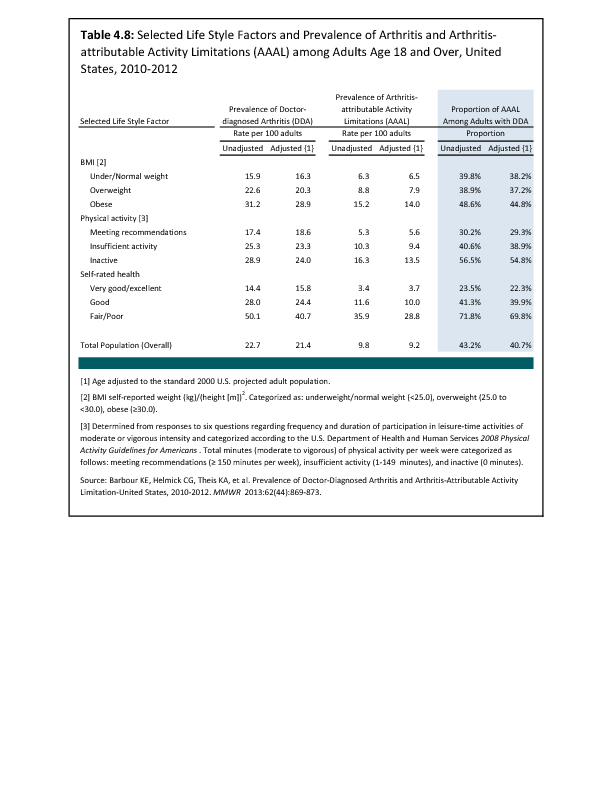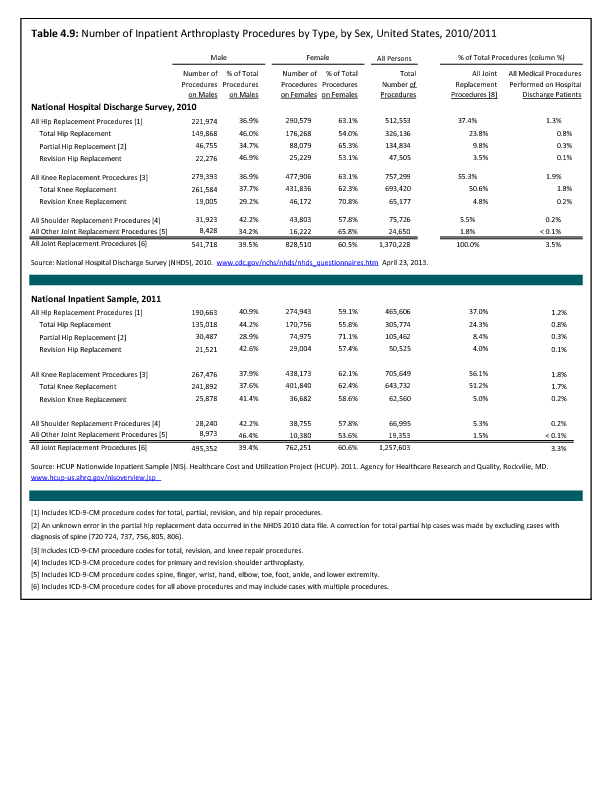There are widespread and consistent professional recommendations for most types of AORC that involve increasing self-management of the disease through education, physical activity, and achieving a healthy weight, but little progress is being made.1 Such behavior interventions offer evidence-based improvements to patients without the side effects seen with medications and other interventions. While most clinical settings are not set up to help patients achieve these recommendations effectively, increasing clinical/community linkages may offer a better approach. To see if provider referrals to community resources is a better solution, approaches such as the 1.2.3 Approach to Provider Outreach and Spread the Word: Marketing Self-Management Education Through Ambassador Outreach are being pilot tested in communities.
The Healthy People project started with the 1979 Surgeon General’s Report, Healthy People: The Surgeon General’s Report on Health Promotion and Disease Prevention. Healthy People 2020, the current program, has set nine arthritis objectives for the nation to achieve by 2020, but only limited progress has occurred with the current level of investments in interventions. Currently, four new objectives are being proposed in the Arthritis, Osteoporosis, and Chronic Back Conditions topic area as part of a larger effort to ensure that chronic pain, as a condition separate from the original cause, is included in Healthy People 2020.
There is a need for more conveniently measured outcomes that are important to most people. Such outcomes include effects on work, activities, health-related quality of life, independence, and ability to keep doing valued life activities.
Research funding to develop and evaluate more effective clinical and public health interventions is relatively modest, given that arthritis is the most common cause of disability and is a large and growing problem, affecting 52.5 million adults now, and a projected 67 million by 2030.2 This is especially frustrating because even the evidence-based interventions we have now are not reaching the people who would benefit from them.
Although most adults with doctor-diagnosed arthritis are younger than 65 years and in the working years, the effect of their arthritis on employment and work, and the effect of reasonable workplace accommodations, have not been explored in depth. This is an urgent issue right now, and will continue to be an urgent issue as an aging workforce keeps working beyond age 65 years, as is anticipated.
- 1. Arthritis, Osteoporosis and Chronic Back Conditions. Accessed at: http://www.healthypeople.gov/2020/data-search/Search-the-Data?&f[0]=fiel.... Accessed December 2, 2014.
- 2. CDC Arthritis-Related Statistics. http://www.cdc.gov/arthritis/data_statistics/arthritis_related_stats.htm. Accessed November 20, 2014.
Edition:
- 2014

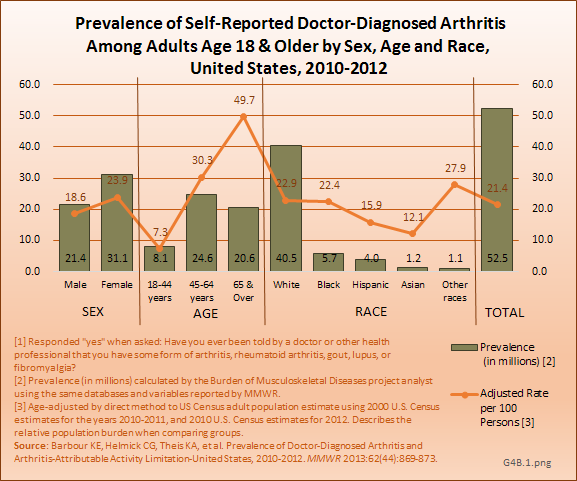
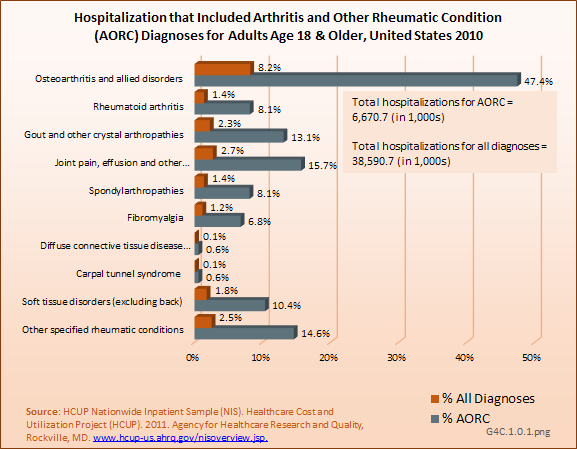
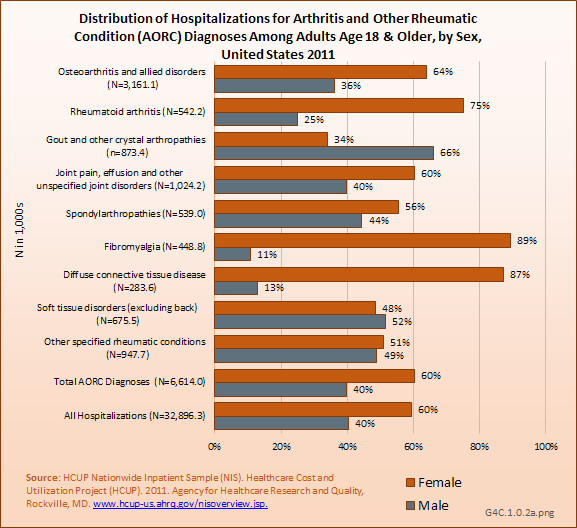
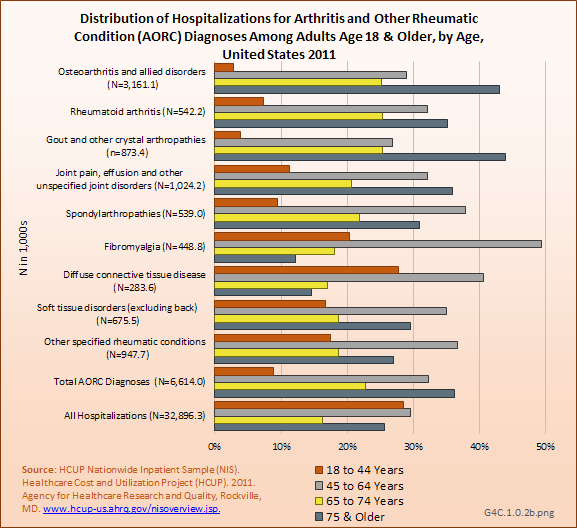
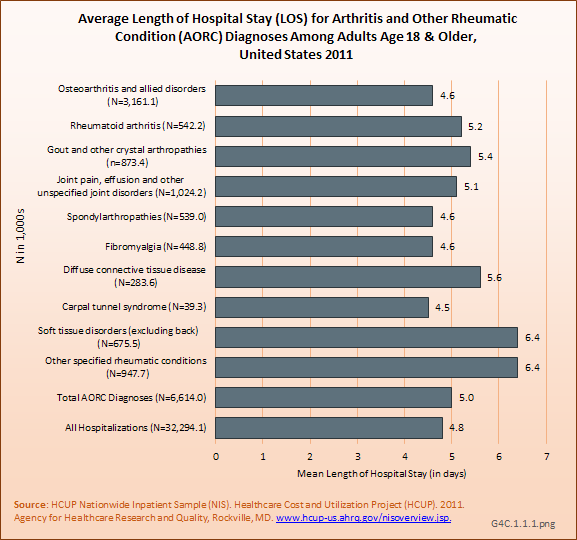
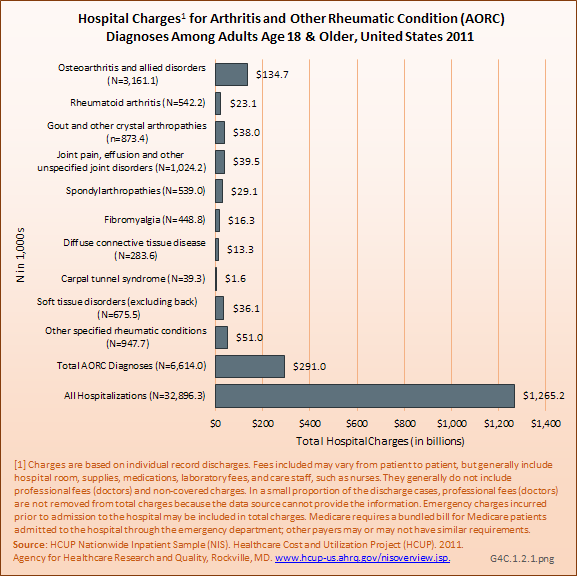
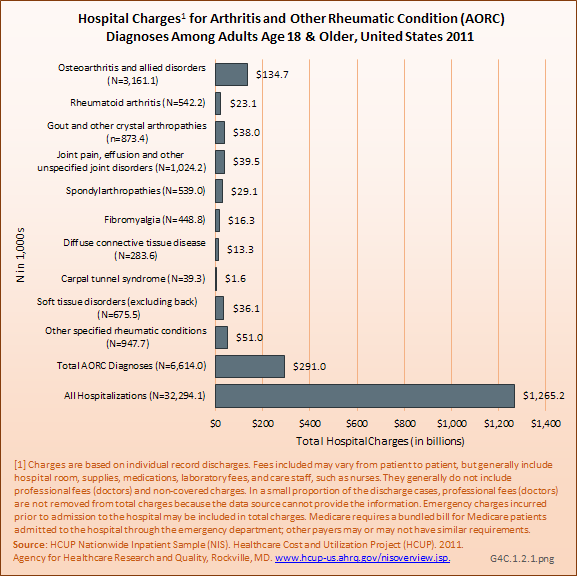
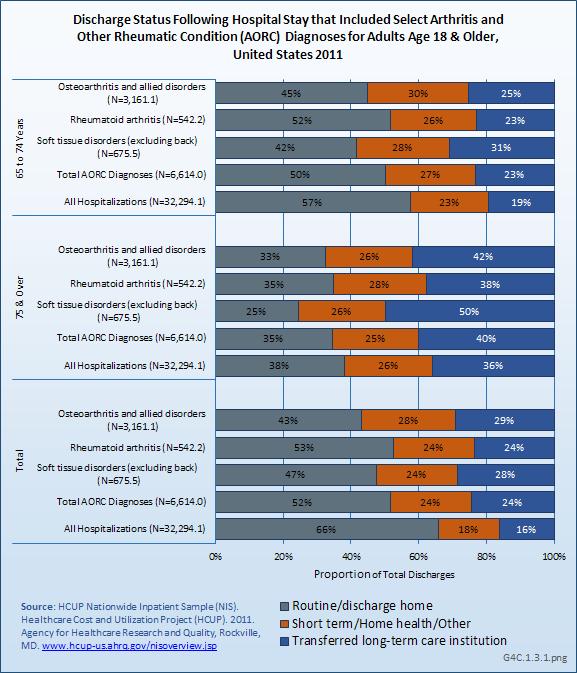
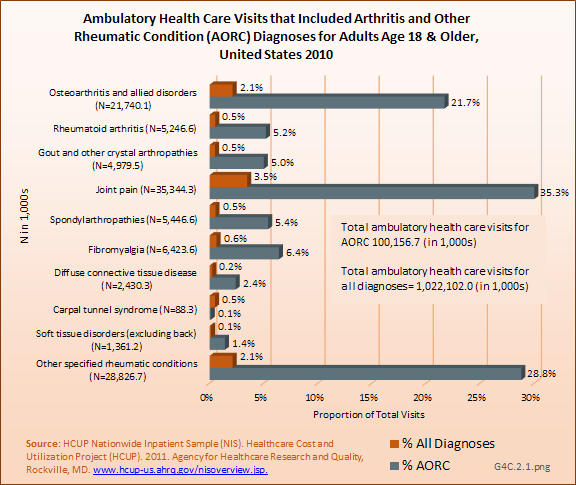
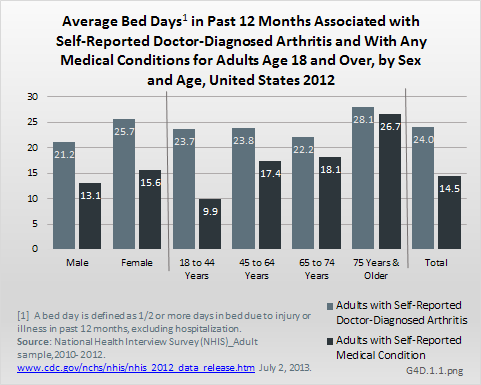
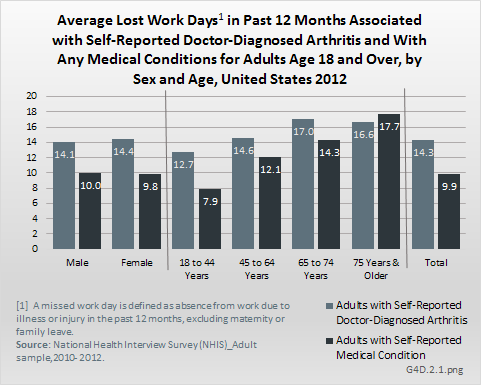
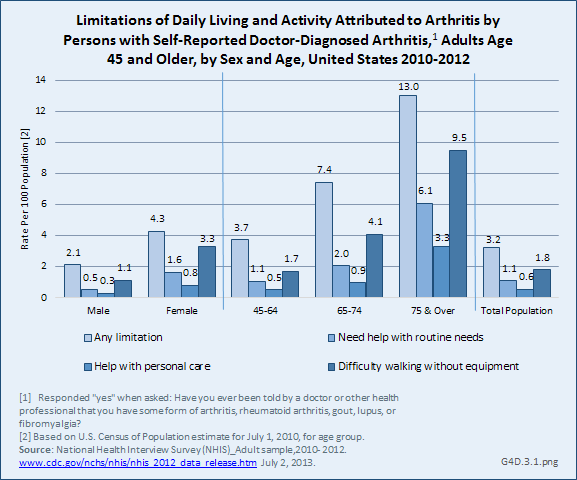
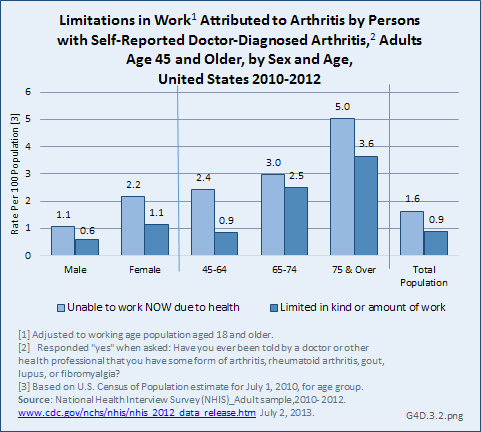
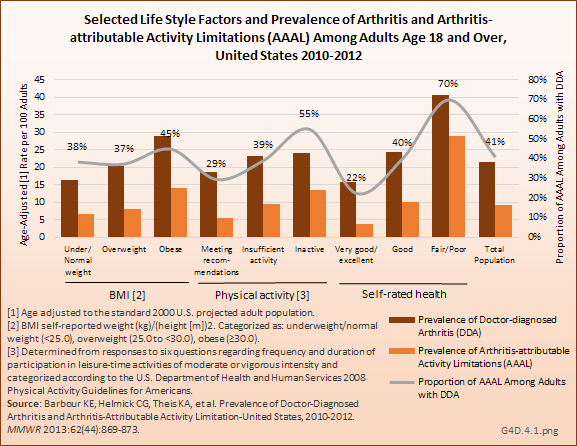
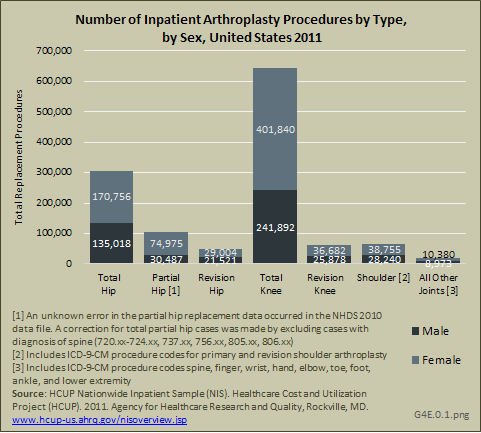
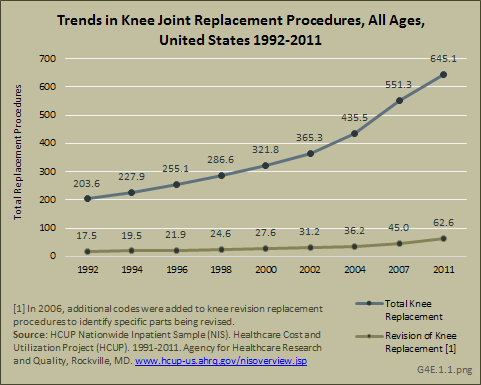
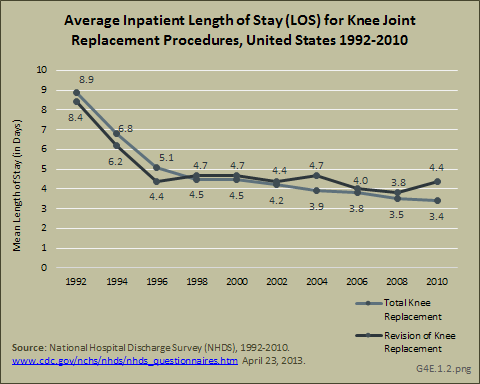
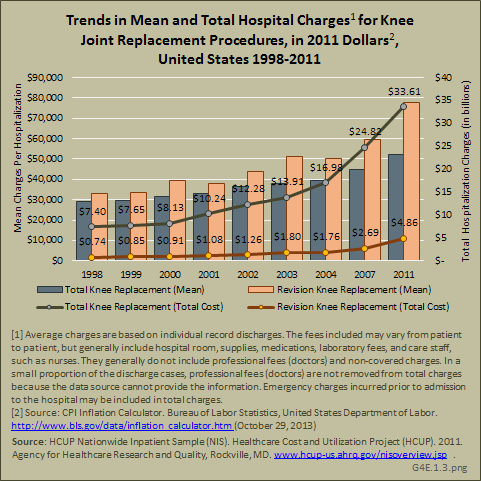
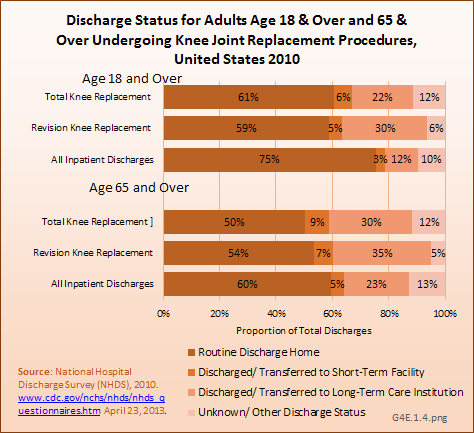
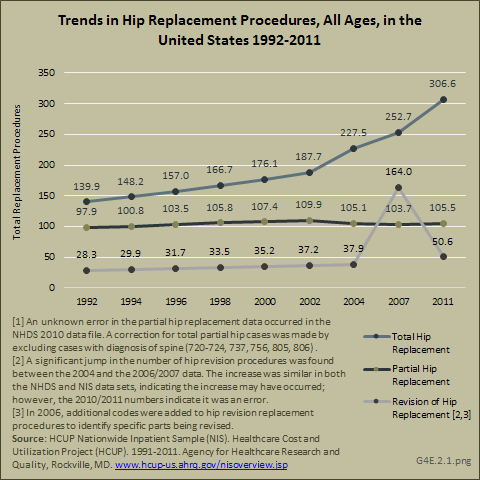
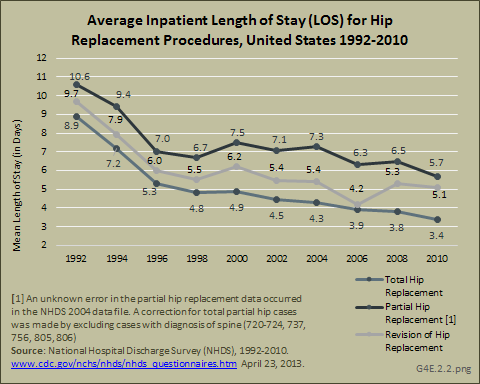
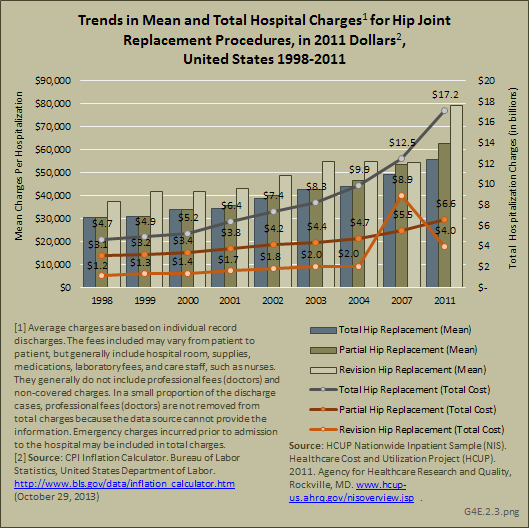
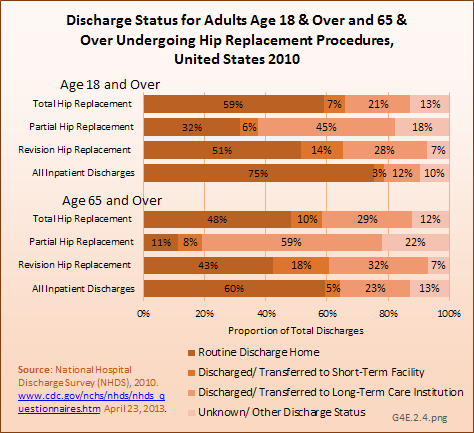
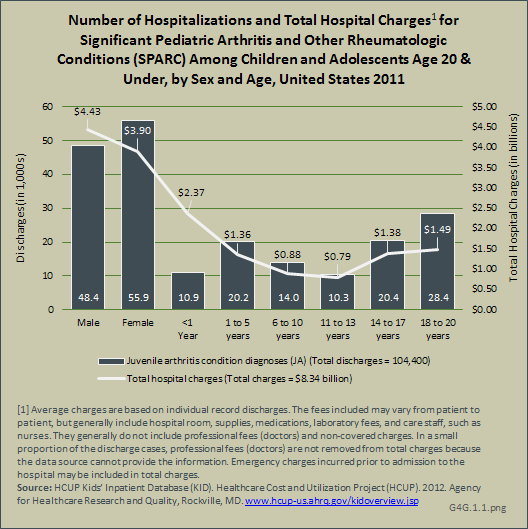
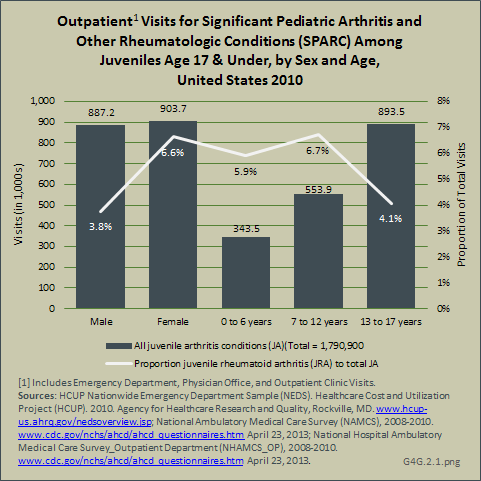
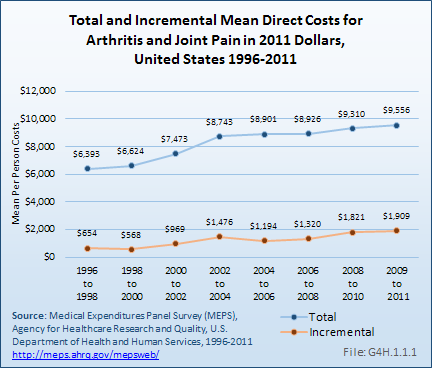
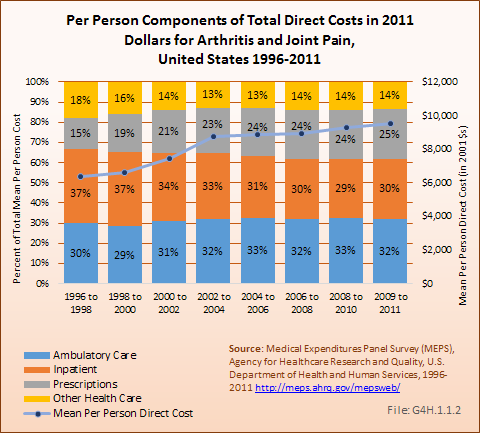
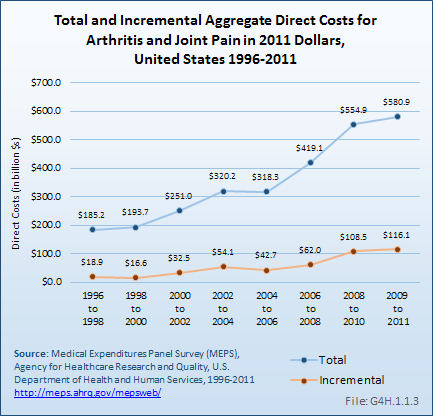
 Download as CSV
Download as CSV